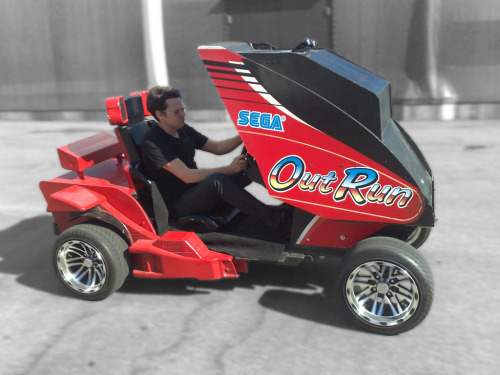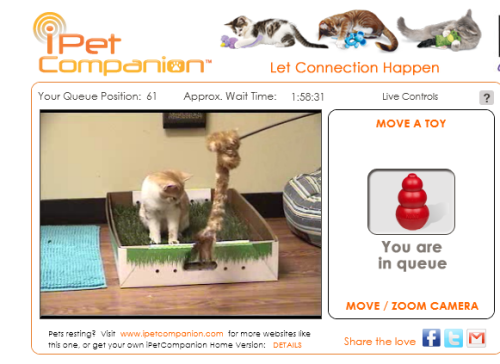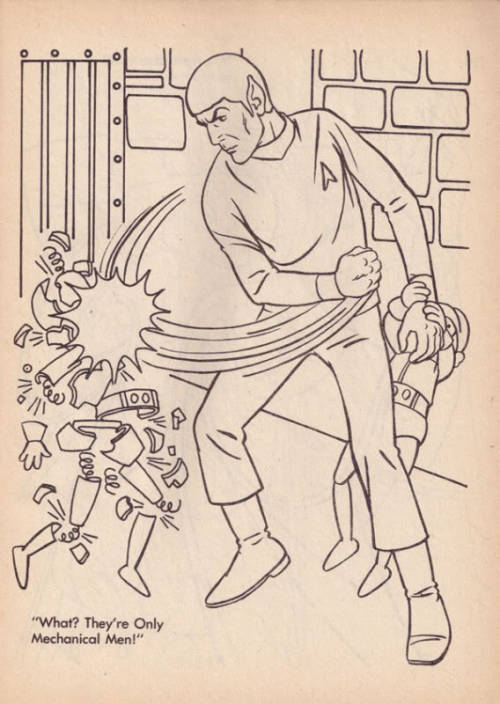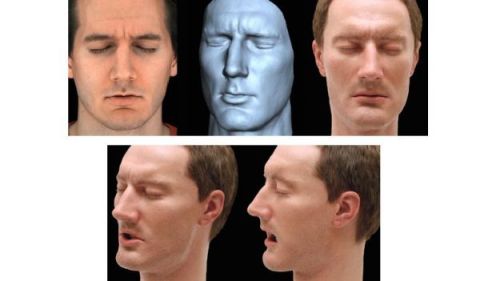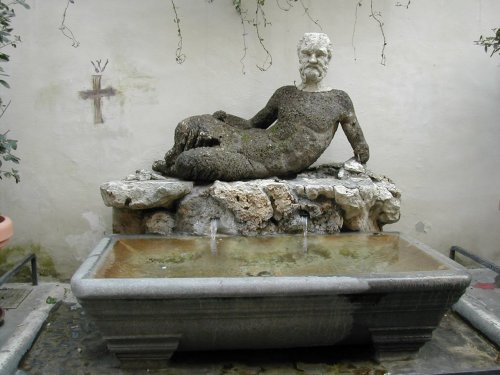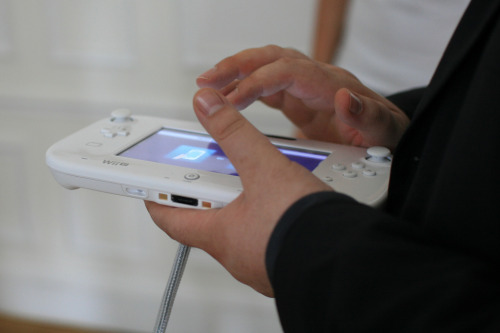
The most powerful tool in design is language, I’d argue it’s more powerful than drawing. Being able to find the exact vocabulary to define a concept or approach is vital, not only for discussion with your peers but ultimately as part of customer communication. With great power comes great responsibility, and language can also be used to cloak a concept, mislead, misguide or bedazzle through doublespeak, jargon or acronyms. In my studio, we’ve been trying to cut through this recently and are focussing on plain speak wherever possible. One of the tools we’ve used for this is Madlibs: ”it’s a —— which let’s me ——”. In a world of user-this and context-that, a simple statement about what it is we’re proposing becomes a powerful thing indeed, particularly when that thing doesn’t yet exist.
The English language is formed from just eight lexical categories: noun, pronoun, adjective, verb, adverb, preposition, conjunction and interjection, each of which has a very defined role in the communication of an idea. In this form, “the cat sat on the mat” becomes “article, noun, verb, preposition, article, noun”. When describing design proposals we must use this structure, and it can also be useful as an interrogative tool – we can use language to ask questions about our intent. It could be argued that incremental ‘adjective’ or ‘adverb’ projects form the bulk of contemporary design work (better, faster, social, cheap, lighter, sexier). Real invention falls into the noun category, something so new it needs it’s own name (helicopter, jet ski, iPad, telescope).
If we run with idea, perhaps it can be useful to define the core offering of organizations:
Apple are a noun company. They are focussed on delivering things. This can be tangible things like iPads and iPhones, or movies and music, but they start with ‘stuff’.
Google are a verb company. They are focussed on doing things. This could be search, find or plan, but they start with ‘actions’.
Facebook might be an adjective or adverb company, a qualifier. They add ‘social’ to things or actions: social pictures, social search, that sort of thing.
Perhaps a company like Belkin could be considered a conjunction company, joining together other nouns. Maybe that’s a little tenuous but you get the idea.
Now this is fragile thinking but there’s a kernel here, and it’s not just a hardware, middleware or software distinction. Apple do make plenty of software but they approach it in a noun-like way. Apple software is always a ‘thing’, not an action. Whilst we might photoshop something, or google something (verbs), we never iTune, Final Cut or Safari anything. Equally, Google are making steps into hardware and ‘things’, but it’s clear that these are designed to prop up the other verb-based focus of the organisation: search, stream or play. Facebook is an interesting one. They began by creating a noun but are now using the qualities of that noun as a qualifier. There’s a fair bit of conjecture recently about a potential Facebook phone or camera, and whether true or not, we feel like we know what it might be: a fairly standard piece of hardware working in a ‘Facebook-y’ way.
This field is fascinating and I have more questions than answers, if anyone knows Noam Chomsky, could they ask him:
1) I’ve focussed on English, but does language structure variation across cultures affect the way in which objects are designed? Many languages have masculine, feminine or neutral structures, does this affect how designers understand and approach objects? Some languages such as Japanese have verb structures at the end of a sentence. Does this affect the priority of ‘doing’ in the design process? Are they more focussed on objects than actions?
2) Is it possible to be a preposition organization, focussed on place? Is that just a map or something larger? What about an interjection company?
3) Is cloud computing evidence of the pronouning of traditional nouns?
4) Can the success or failure of an organisation be attributed to confusion over their linguistic role in the world?


